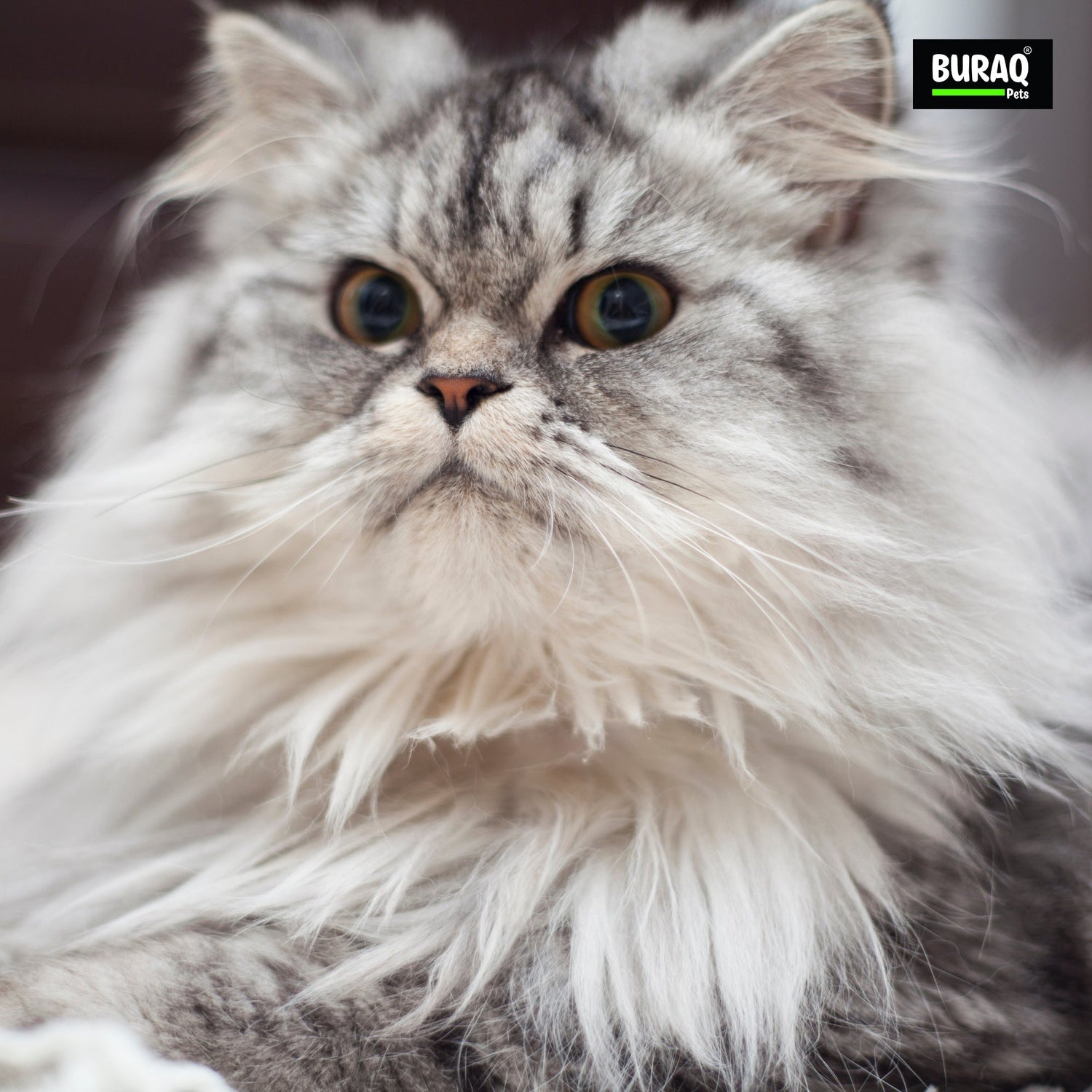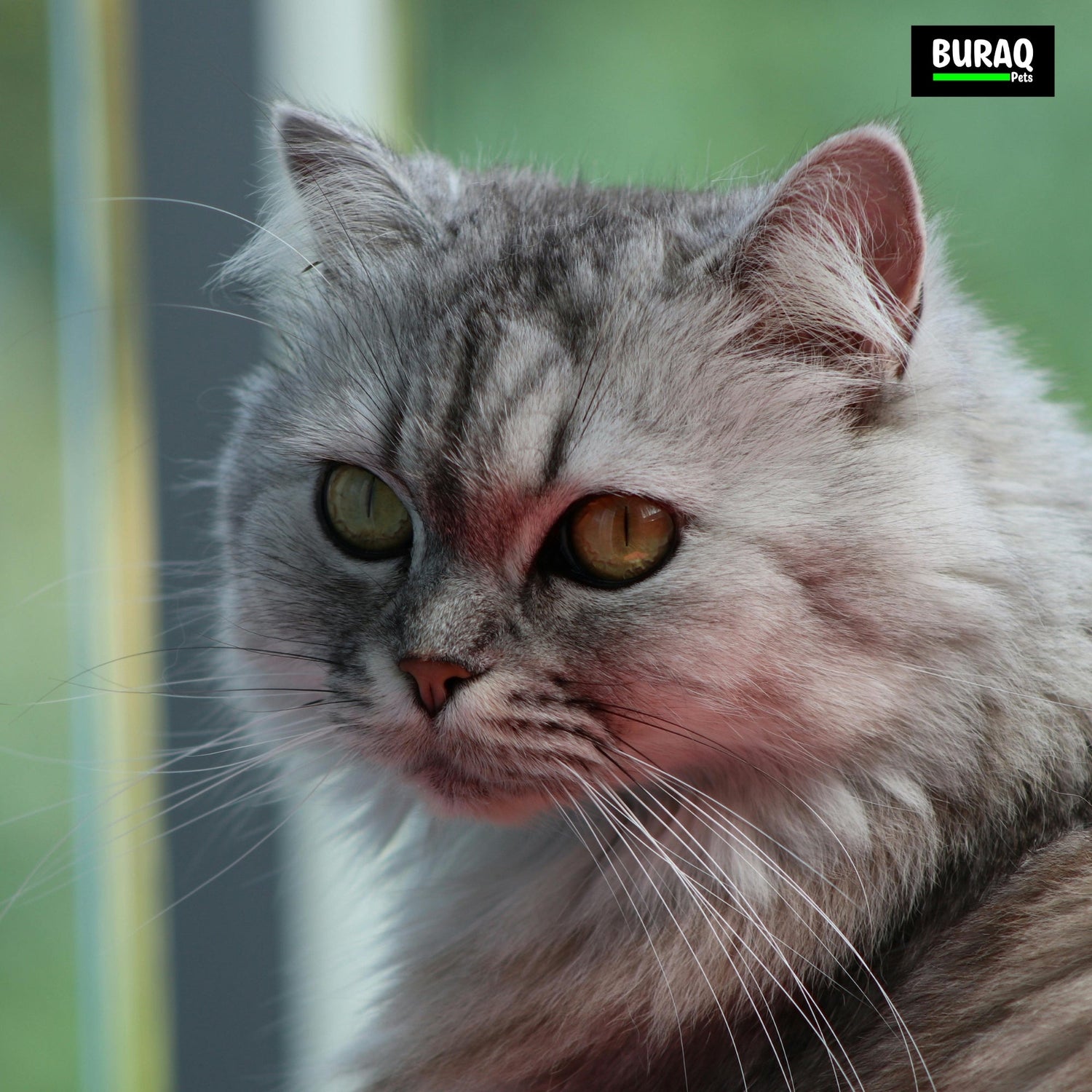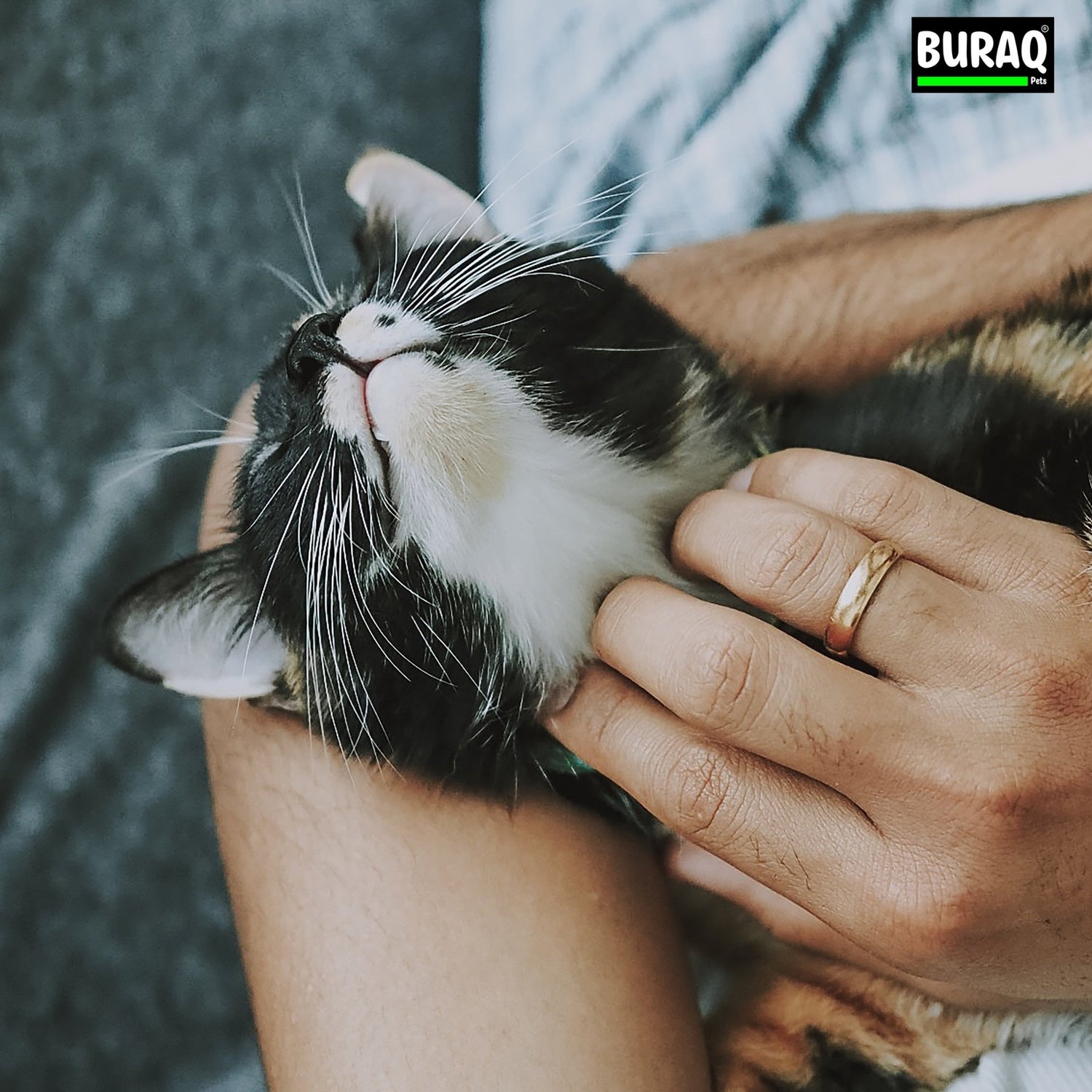Introduction: Understanding Our Feline Friends in Indian Homes
As an Indian cat parent, you’ve likely experienced those moments of pure joy when your feline friend purrs contentedly in your lap—and perhaps equal moments of frustration when you discover shredded furniture or mysterious puddles outside the litter box. Cat behavior problems are common, especially in our Indian households where apartments are often compact and environmental factors like summer heat and festival noise create unique challenges.
Understanding cat behavior is the first step toward creating harmony in your home. Cats aren’t being “naughty” when they exhibit problematic behaviors—they’re simply following natural instincts or responding to stressors in their environment. The good news? Most cat behavior problems can be solved naturally, without resorting to punishment that can damage your bond with your pet.
In this guide, we’ll explore seven common cat behavior issues that Indian cat parents frequently encounter, and provide natural, effective solutions that respect your cat’s nature while protecting your home and sanity.
1. Scratching Furniture: Protecting Your Home Without Declawing
Why Cats Scratch
Cat scratching behavior problems are completely natural—scratching isn’t a sign of misbehavior but rather an essential feline activity. When your cat transforms your new sofa into a frayed mess, they’re actually:
- Maintaining claw health by removing old sheaths
- Marking territory with scent glands in their paws
- Stretching their muscles and tendons
- Expressing emotions like excitement or stress
For many Indian cat parents living in apartments, furniture damage can be particularly concerning, especially with expensive or family heirloom pieces.
Natural Solutions for Scratching Issues
Instead of punishing your cat for following their instincts, redirect their scratching to appropriate surfaces:
1. Provide multiple scratching posts in different locations, especially near furniture they’ve targeted
2. Offer variety in scratching surfaces (sisal, cardboard, carpet) to determine your cat’s preference
3. Position scratchers strategically near sleeping areas and in social spaces
4. Make furniture less appealing by temporarily covering with double-sided tape or aluminum foil
5. Use natural deterrent sprays with citrus scents cats typically avoid
Recommended Tools
- Vertical scratching posts that are tall enough for your cat to fully stretch (at least 3 feet)
- Horizontal scratching pads for cats that prefer scratching floors
- Buraq Pets scratching posts that combine durability with space-efficient design—perfect for Indian apartments
- Nail clippers or grinders for regular trimming (the Buraq Pets grooming kit includes safe nail trimmers designed specifically for cats)
Real-Life Example
Priya from Mumbai was frustrated when her Bengal cat kept scratching her grandmother’s antique wooden chair. Living in a 2BHK apartment, space was limited, but she placed a tall sisal scratching post next to the chair and rubbed it with catnip to attract her cat. Within a week, her cat began preferring the post, especially after Priya made a routine of interactive play sessions ending at the scratching post.
2. Biting and Aggression: From Fearsome to Friendly
Understanding Aggressive Behavior
An aggressive cat isn’t necessarily mean or dangerous. Cat behavior problems biting can stem from several causes:
- Play aggression: Especially common in kittens or single cats who weren’t taught bite inhibition
- Fear aggression: Triggered by perceived threats or past trauma
- Territorial aggression: Defending resources or space, common in multi-cat households
- Pain-induced aggression: Medical issues causing discomfort
- Redirected aggression: When a cat can’t reach the actual trigger of their aggression
In Indian homes where extended families often live together, aggressive behavior can be particularly concerning when children or elderly family members are present.
Natural Solutions for Aggression
1. Identify triggers by keeping a behavior journal noting when aggression occurs
2. Provide appropriate outlets for hunting and play behaviors
3. Create environmental enrichment with climbing spaces and hiding spots
4. Use positive reinforcement to reward calm behavior
5. Establish consistent routines to reduce anxiety
6. Never punish aggressive behavior as this increases fear and aggression
Recommended Tools
- Interactive toys like wand toys that keep your hands away from teeth and claws
- Puzzle feeders to channel hunting energy constructively
- Calming pheromone diffusers to reduce overall anxiety
- Buraq Pets interactive toys designed to engage hunting instincts safely
Real-Life Example
Rahul in Delhi noticed his cat becoming increasingly aggressive during the summer months, often attacking ankles and hands. After consulting with a vet who ruled out medical issues, he realized the heat was making his cat irritable and restless. He created a cooling station with a fan and cold tiles, scheduled play sessions during cooler morning and evening hours, and used Buraq Pets wand toys to engage his cat from a safe distance. The aggression decreased significantly once his cat had appropriate outlets and temperature relief.
3. Litter Box Issues: Keeping Peace with Proper Potty Habits
Why Cats Avoid the Litter Box
Cat peeing behavior problems are among the most frustrating issues for cat parents. When your cat avoids the litter box, they might be telling you:
- The box isn’t clean enough (cats are extremely fastidious)
- They don’t like the type of litter (texture, scent, or dust)
- The location is too noisy, busy, or difficult to access
- They’re marking territory due to stress or the presence of other animals
- They’re experiencing a medical issue like a urinary tract infection
In Indian apartments where space is often limited, finding the right location for litter boxes can be particularly challenging.
Natural Solutions for Litter Box Problems
1. Follow the “n+1” rule: Provide one more litter box than the number of cats in your home
2. Clean boxes daily and change litter completely weekly
3. Experiment with different litter types to find your cat’s preference
4. Place litter boxes in quiet, accessible locations away from food and water
5. Use unscented litter as many cats dislike artificial fragrances
6. Rule out medical issues with a veterinary check-up if problems begin suddenly
Recommended Tools
- Large, uncovered litter boxes (many cats dislike covered boxes)
- Unscented clumping litter for easy cleaning
- Natural enzymatic cleaners to completely remove accident odors
- Litter mats to reduce tracking in small spaces
Real-Life Example
Anjali in Bangalore was distressed when her cat started urinating on her bed instead of the litter box. Living in a small 1BHK apartment, she had placed the litter box in the bathroom next to the noisy washing machine. After learning about cat preferences, she moved the box to a quieter corner, added a second box in another location, and switched to an unscented litter. Her cat returned to using the litter box consistently within days, and Anjali learned to clean it more frequently in their small space to keep odors at bay.
4. Excessive Meowing: Decoding Your Cat’s Vocal Demands
Why Cats Become Vocal
Cats naturally communicate through vocalizations, but excessive meowing often indicates:
- Attention-seeking behavior
- Hunger or thirst
- Stress or anxiety
- Mating calls (especially in unspayed females)
- Medical issues or discomfort
- Cognitive changes in senior cats
For Indian cat parents living in apartments or joint family settings, excessive vocalization can create tension with neighbors or family members, particularly during early morning hours or late at night.
Natural Solutions for Excessive Meowing
1. Establish regular feeding times to prevent hunger-related meowing
2. Create interactive play sessions to provide attention and exercise
3. Identify and address specific needs your cat might be expressing
4. Ignore attention-seeking meowing while rewarding quiet behavior
5. Consider spaying/neutering to eliminate mating calls
6. Check for medical issues if meowing changes suddenly or is accompanied by other symptoms
Recommended Tools
- Automatic feeders to maintain consistent meal times
- Environmental enrichment toys that engage cats without human interaction
- Buraq Pets interactive toys that provide mental stimulation
- White noise machines to mask external sounds that might trigger vocalization
Real-Life Example
Vikram in Hyderabad was receiving complaints from neighbors about his cat’s loud meowing throughout the night. He noticed the behavior worsened during the breeding season and after consulting with his vet, decided to have his cat spayed. Additionally, he established an evening routine of 15-minute play sessions with a Buraq Pets wand toy followed by feeding, which mimicked his cat’s natural hunt-catch-kill-eat cycle. The combination of spaying and the new routine dramatically reduced the nighttime vocalizations.
5. Fearfulness and Hiding: Building Confidence in Scared Cats
Understanding Fear Behaviors
When cats hide excessively or show fearful behavior, they may be responding to:
- Past trauma or lack of socialization
- Environmental changes or new household members
- Loud noises or threatening stimuli
- Conflict with other pets
- Medical issues causing discomfort
In Indian households, specific triggers like Diwali fireworks, large family gatherings during festivals, or even pressure cooker whistles can create intense fear responses in sensitive cats.
Natural Solutions for Fearfulness
1. Create safe hiding spaces throughout your home
2. Establish predictable routines to increase security
3. Use gradual desensitization to help cats adjust to fear triggers
4. Never force interaction or pull cats from hiding spots
5. Use calming aids during particularly stressful times
6. Provide vertical space where cats can observe from safety
Recommended Tools
- Cat trees or shelves for vertical escape routes
- Covered beds or caves for secure hiding
- Pheromone diffusers to create a calming environment
- Buraq Pets calming beds designed to provide security and comfort
Real-Life Example
Deepa in Chennai noticed her cat becoming extremely fearful during Diwali, hiding for days and refusing to eat normally. She created a “safe room” in her home office, equipped with a Buraq Pets calming bed, familiar toys, and food and water. She used thick curtains to muffle sounds, played gentle classical music to mask firework noises, and spent quiet time in the room reading or working to provide reassuring company without forcing interaction. This sanctuary approach helped her cat cope much better with festival stressors.
6. Clinginess and Separation Anxiety: Fostering Healthy Independence
Why Cats Become Overly Attached
Cat behavior issues related to separation anxiety can manifest as:
- Following you from room to room
- Excessive vocalization when you’re preparing to leave
- Destructive behavior or elimination problems in your absence
- Excessive grooming or self-harm behaviors
- Eating too quickly or refusing food when alone
In Indian households where work schedules often include long commutes or where cats may have been rescued from challenging situations, separation anxiety can be particularly common.
Natural Solutions for Separation Anxiety
1. Create a gradual departure routine that desensitizes your cat to leaving cues
2. Provide environmental enrichment for when you’re away
3. Use food puzzles or slow feeders to create positive associations with alone time
4. Consider a pet camera to monitor and interact remotely
5. Create a consistent schedule for departures and returns when possible
6. Practice short absences to build tolerance gradually
Recommended Tools
- Interactive toys that work without human assistance
- Puzzle feeders to provide mental stimulation
- Calming music designed specifically for cats
- Buraq Pets interactive toys that engage cats for extended periods
Real-Life Example
Arjun in Pune worked long hours at an IT company and noticed his rescued cat showing extreme distress when he prepared to leave, including destructive scratching and stress-related urination. He created a morning routine that included 10 minutes of interactive play with a Buraq Pets wand toy, followed by hiding treats around the apartment for his cat to “hunt” during the day. He also set up a window perch near a bird feeder for entertainment and left the television on a nature channel at low volume. These environmental enrichments significantly reduced his cat’s separation anxiety.
7. Night Zoomies: Managing Midnight Marathons
Why Cats Get Hyperactive at Night
Those sudden bursts of energy—racing through the house, pouncing on invisible prey, or galloping across your sleeping body at 3 AM—are commonly known as “zoomies” and are caused by:
- Natural crepuscular hunting instincts (cats are most active at dawn and dusk)
- Excess energy from insufficient daytime activity
- Boredom or lack of mental stimulation
- Response to external stimuli like insects or outdoor animals
- Sleep cycle differences between cats and humans
In Indian homes, especially during hot summer months when cats may be less active during the day, night zoomies can become particularly disruptive to family sleep patterns.
Natural Solutions for Night Hyperactivity
1. Schedule interactive play sessions in the evening to burn energy
2. Create a bedtime routine that signals sleep time
3. Provide food puzzles or slow feeders before bedtime
4. Keep bedroom doors closed if nighttime activity is disruptive
5. Avoid reinforcing early morning activity by not feeding immediately upon waking
6. Consider automatic feeders for early morning meals
Recommended Tools
- Interactive toys that encourage vigorous exercise
- Puzzle feeders to engage hunting instincts
- Automatic feeders timed for early morning
- Buraq Pets wand toys designed for energy-burning play sessions
Real-Life Example
Meera in Kolkata was exhausted from her cat’s nightly zooming across her bed and meowing for attention at 4 AM. She established a new evening routine with two 15-minute play sessions using a Buraq Pets wand toy—one after she returned from work and another right before bedtime. She also switched from free-feeding to scheduled meals, with the last meal timed right before she went to sleep. Additionally, she provided a puzzle feeder with a small portion of food that her cat could access if she woke up hungry before Meera’s alarm. Within two weeks, both Meera and her cat were enjoying much more restful nights.
Conclusion: Patience, Understanding, and Natural Solutions
Understanding cat behavior problems is the first step toward creating a harmonious home for both you and your feline companion. As an Indian cat parent, you face unique challenges—from limited space in urban apartments to cultural events like Diwali that can stress sensitive cats. However, with patience and natural approaches, most behavior issues can be successfully resolved.
Remember these key principles:
1. Behavior is communication—your cat is trying to tell you something through their actions
2. Natural solutions respect feline instincts while protecting your home and sanity
3. Punishment is counterproductive and damages the human-animal bond
4. Environmental enrichment prevents many problems before they start
5. Consistency and routine create security for your cat
By providing appropriate outlets for natural behaviors, addressing environmental stressors unique to Indian households, and using the right tools and techniques, you can help your cat become a well-adjusted, happy family member.
If you’re struggling with persistent cat behavior issues despite trying these natural approaches, consider consulting with a veterinarian to rule out medical causes or seeking advice from a certified animal behaviorist who understands the unique context of Indian homes and cat care.
Remember, the journey of cat parenthood is rewarding precisely because it challenges us to understand another species on their own terms. With the right knowledge and tools—like quality products from Buraq Pets designed for Indian homes—you can create a nurturing environment where both you and your cat can thrive together.
What cat behavior challenges are you facing in your home? Try implementing these natural solutions and share your experience with other Indian cat parents. Your patience and understanding will strengthen the special bond you share with your feline family member.






